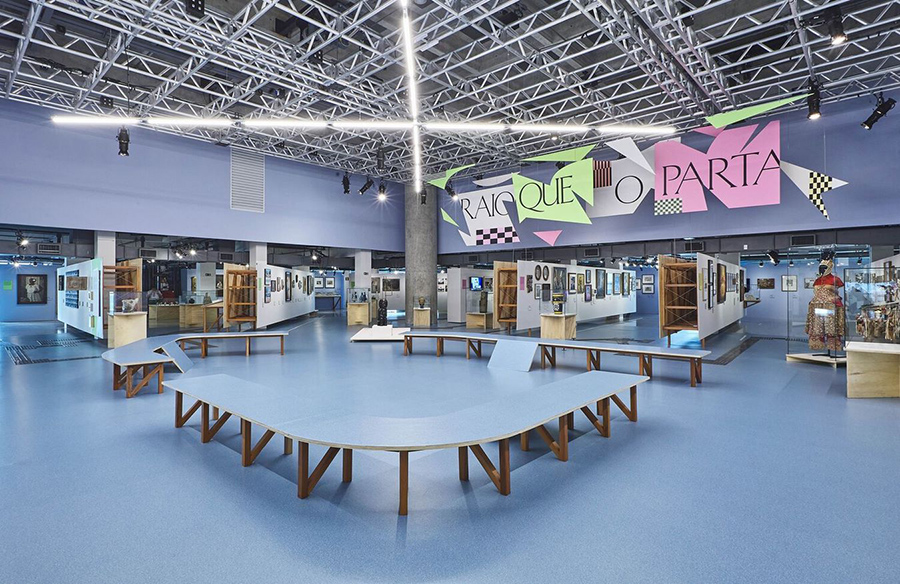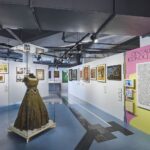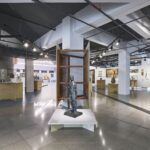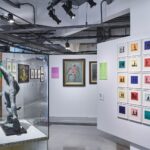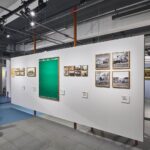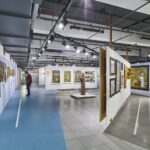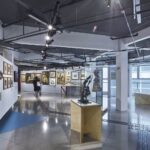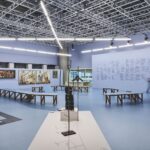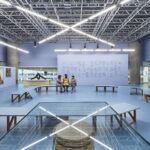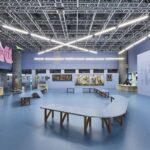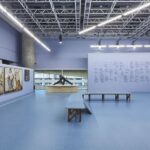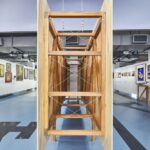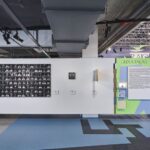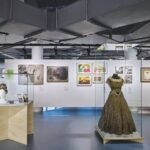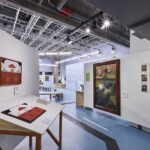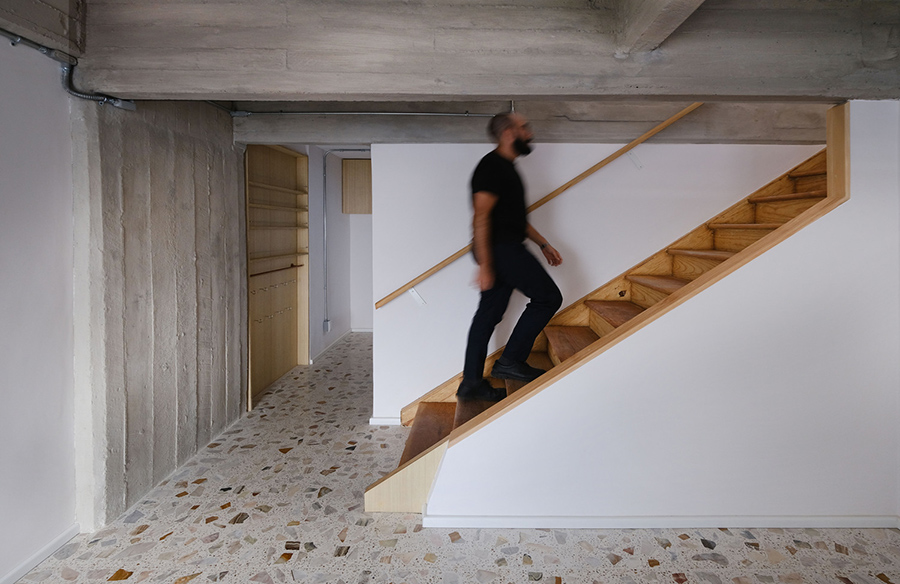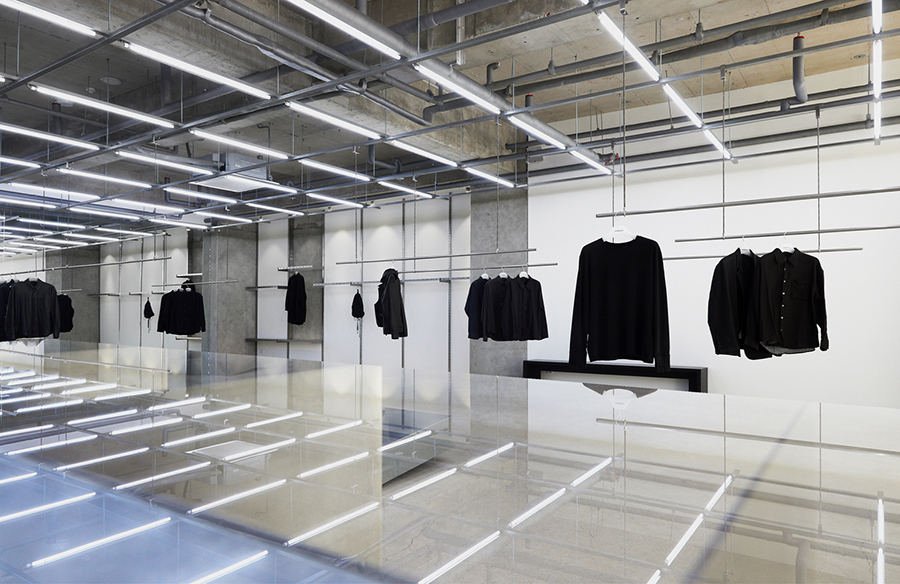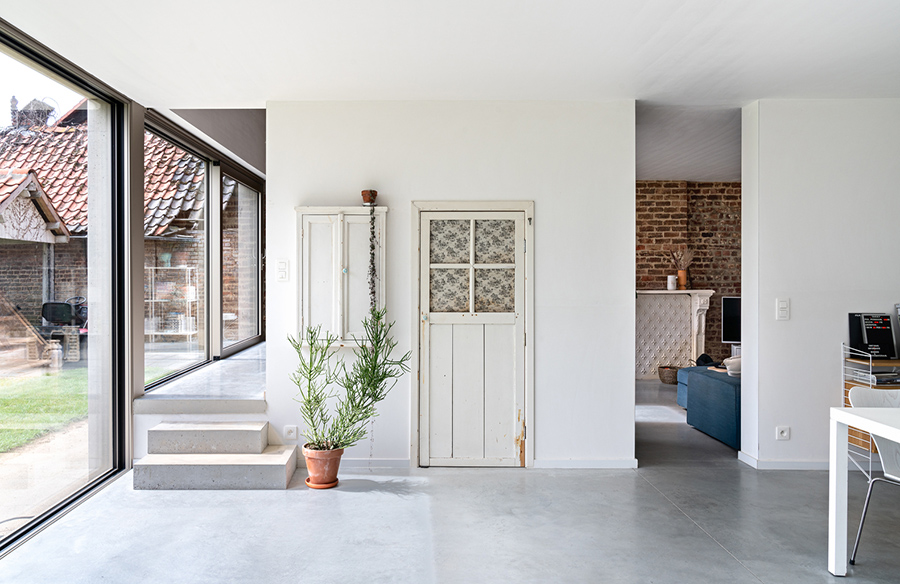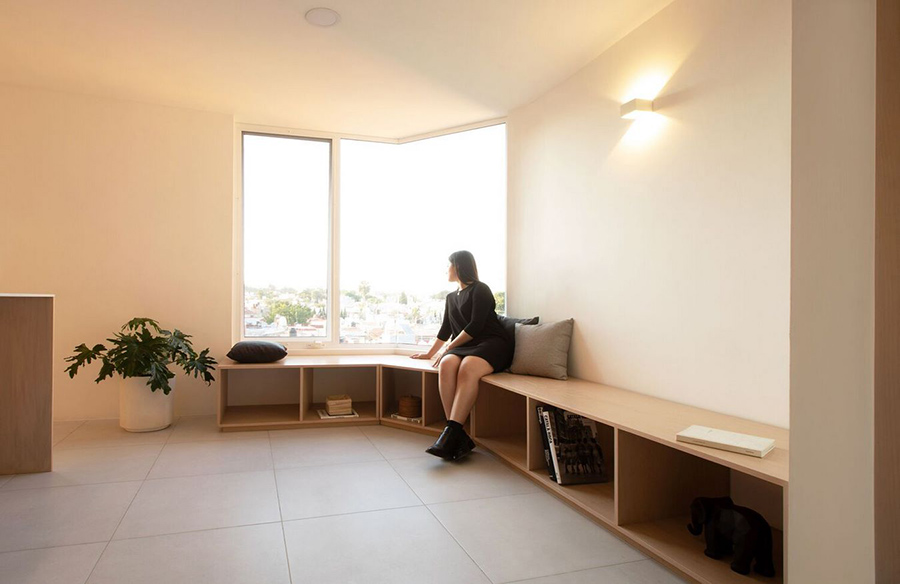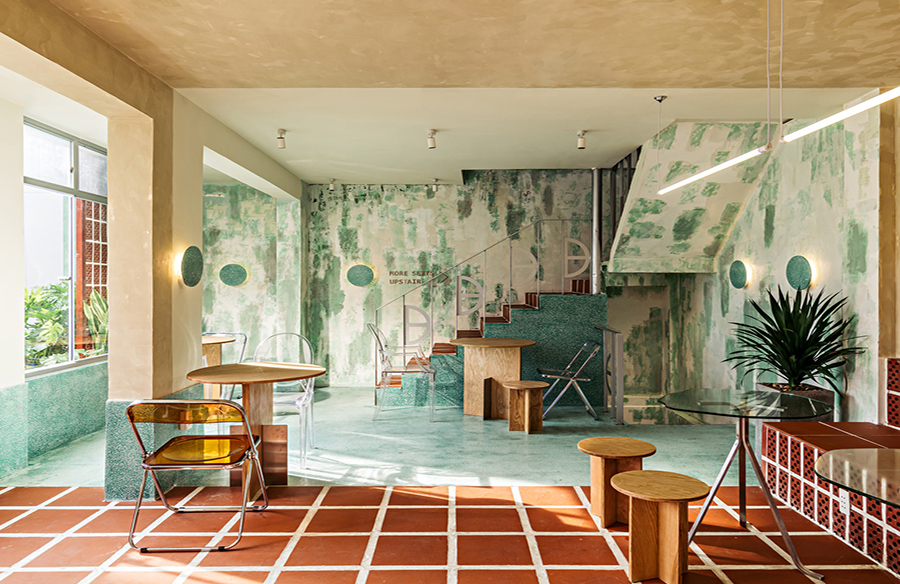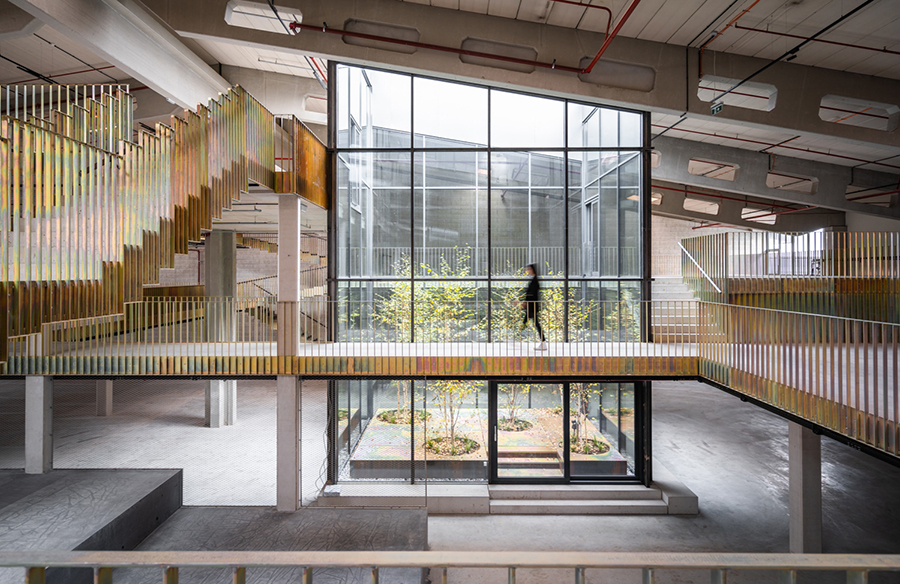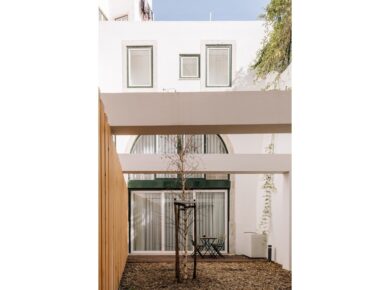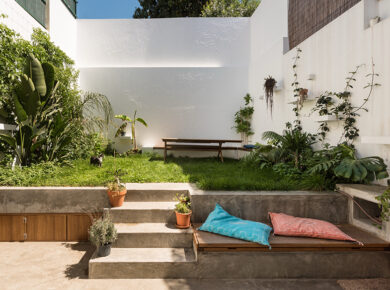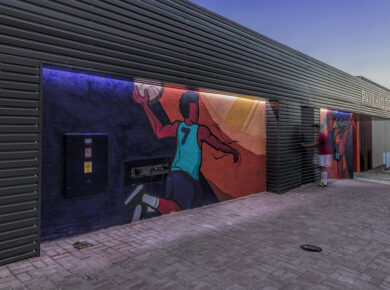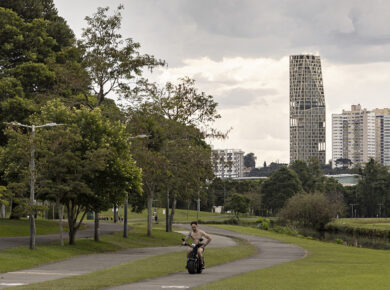Reflecting on Modern Art
The exhibition “Raio que o Parta,” showcased at Sesc 24 de Maio in São Paulo from February to August 2022, delves into the concept of “modern art” in Brazil, transcending the 1920s and challenging the predominant narrative that often focuses on São Paulo and artists from the Southeast region. Curated by Aldrin Figueiredo, Clarissa Diniz, Divino Sobral, Marcelo Campos, Paula Ramos, and Raphael Fonseca, with consulting by Fernanda Pitta, the exhibition aims to redefine this perspective, coinciding with the centenary of the Modern Art Week held in São Paulo in 1922. The showcase features over 600 works by artists from diverse regions of Brazil.
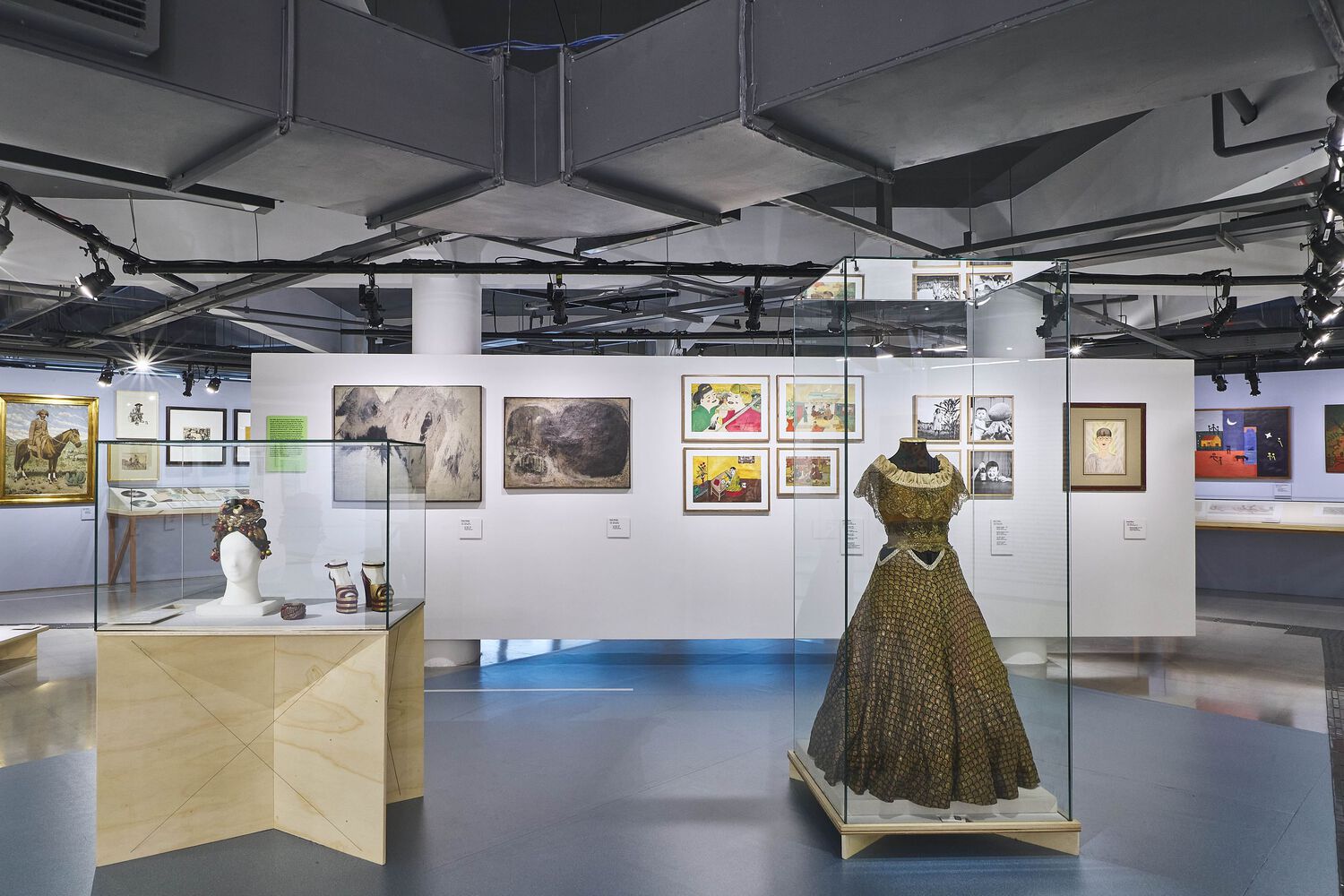 Innovative Exhibition Design
Innovative Exhibition Design
Conceived by gru.a (group of architects) and Juliana Godoy, the exhibition project capitalizes on the unique attributes and challenges of the venue: the fifth floor of the building designed by Paulo Mendes da Rocha and MMBB. The space, a result of merging three previously separate buildings, presents structural and spatial complexities that informed the design approach. The exhibition area encompasses two distinct sections: the perimeter and the core, each with its own spatial characteristics.
Spatial Considerations
The perimeter section features limited height and closely spaced pillars, posing challenges for displaying large-scale artworks. In contrast, the core section boasts double-height ceilings and a spacious central area, made possible by monumental pillars spanning 14 floors and supporting the building’s structure. To mitigate spatial segmentation, the design fosters seamless circulation between these zones, enhancing visual connectivity and spatial fluidity.
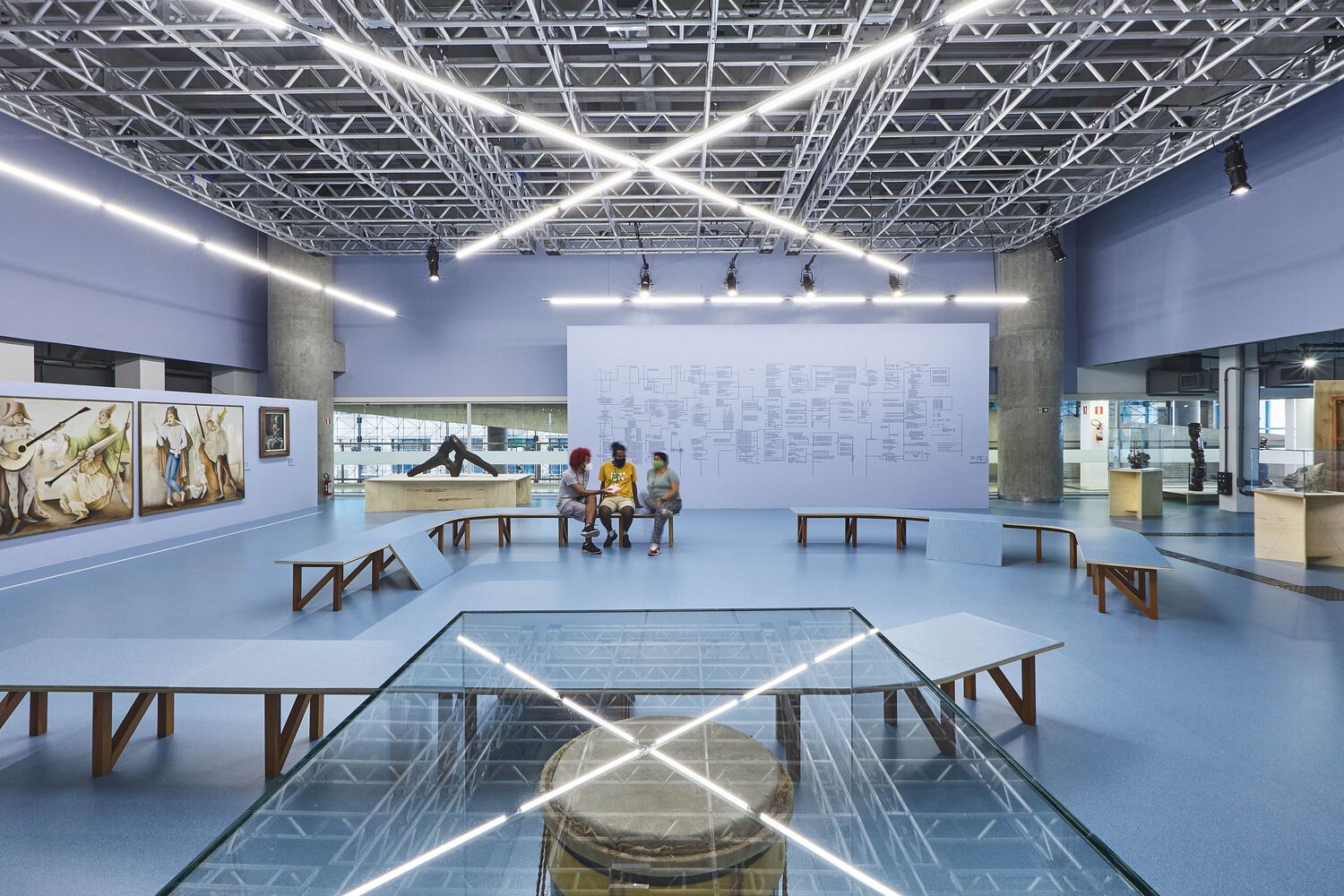 Integration and Interaction
Integration and Interaction
A key strategy involves suspending panels from the existing perimeter pillars to accommodate two-dimensional works while facilitating visual connections between the building’s exterior and interior. In the central space, a square is delineated, featuring a concentric bench and a light blue rubber floor, creating a dynamic environment conducive to interaction and engagement. This central square serves as a hub for educational activities, hosting a diverse array of events such as discussions, concerts, and theatrical performances, enriching the exhibition experience.
Conclusion
Through meticulous spatial planning and innovative design interventions, the exhibition project “Raio que o parte: Fictions of the modern in Brazil” transcends traditional boundaries, inviting visitors to explore the multifaceted landscape of Brazilian modern art while fostering dialogue and interaction within a dynamic architectural setting.
